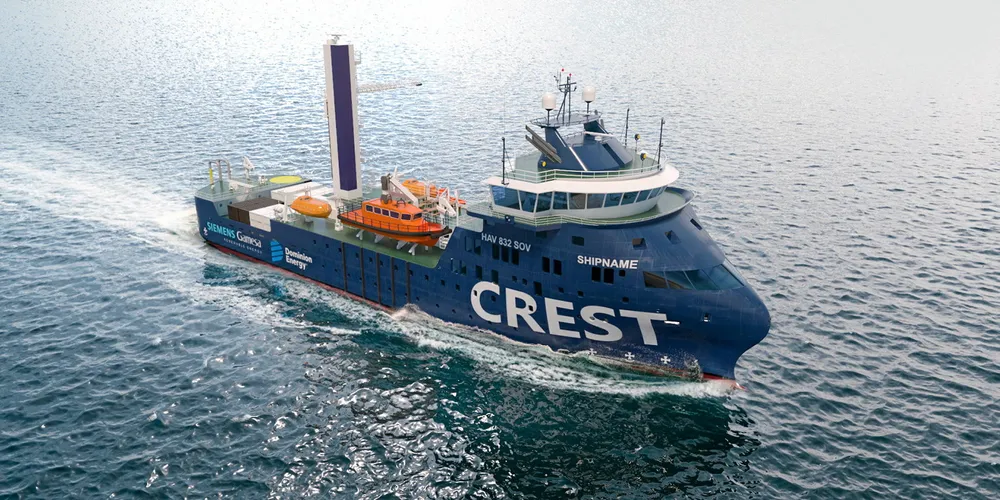Climate bill 'makes the economics work' for US offshore wind shipbuilding: Crowley exec
Speaking exclusively to Recharge, Crowley's head of wind energy said that tax incentives included in the IRA will spur initial shipbuilding investment

The looming shortage of offshore wind vessels in the US market could be eased by the Inflation Reduction Act (IRA) passed last year, according to marine service pacesetter Crowley.
A shortage of specialised offshore wind vessels is a key bottleneck facing the industry, with lack of shipyard capacity and higher costs of domestic shipbuilding contributing to an absence of new contracts.
It helps “find a way to make the economics work,” he added.
The developer and Virginia regulators recently ended a months-long dispute regarding costs and performance guarantees that will now see the project go forward.
Crowley and Esvagt, operating as joint venture (JV) Crest, will design and engineer the 289-foot (88-metre) SOV capable of housing up to 80 mariners and offshore wind technicians.
“What I love about the IRA is it’s not only extending tax credits for the renewable industry, but it’s allowing for the credits to go to the manufacturers and shipyards.”
Crowley declined to release costs, but the National Renewable Energy Laboratory (NREL) estimates new-build SOVs between $50m-$100m.
The vessel will be built by Fincantieri Marine Group at its shipyard in Sturgeon Bay, Wisconsin, and it will go into service in 2026.
“The SOV market is one of the most interesting and important markets for our company,” said Marco Galbiati, CEO of Fincantieri.
While the IRA may impact some aspects of the offshore wind vessels market, it is unlikely to spur investment in WTIVs, however.